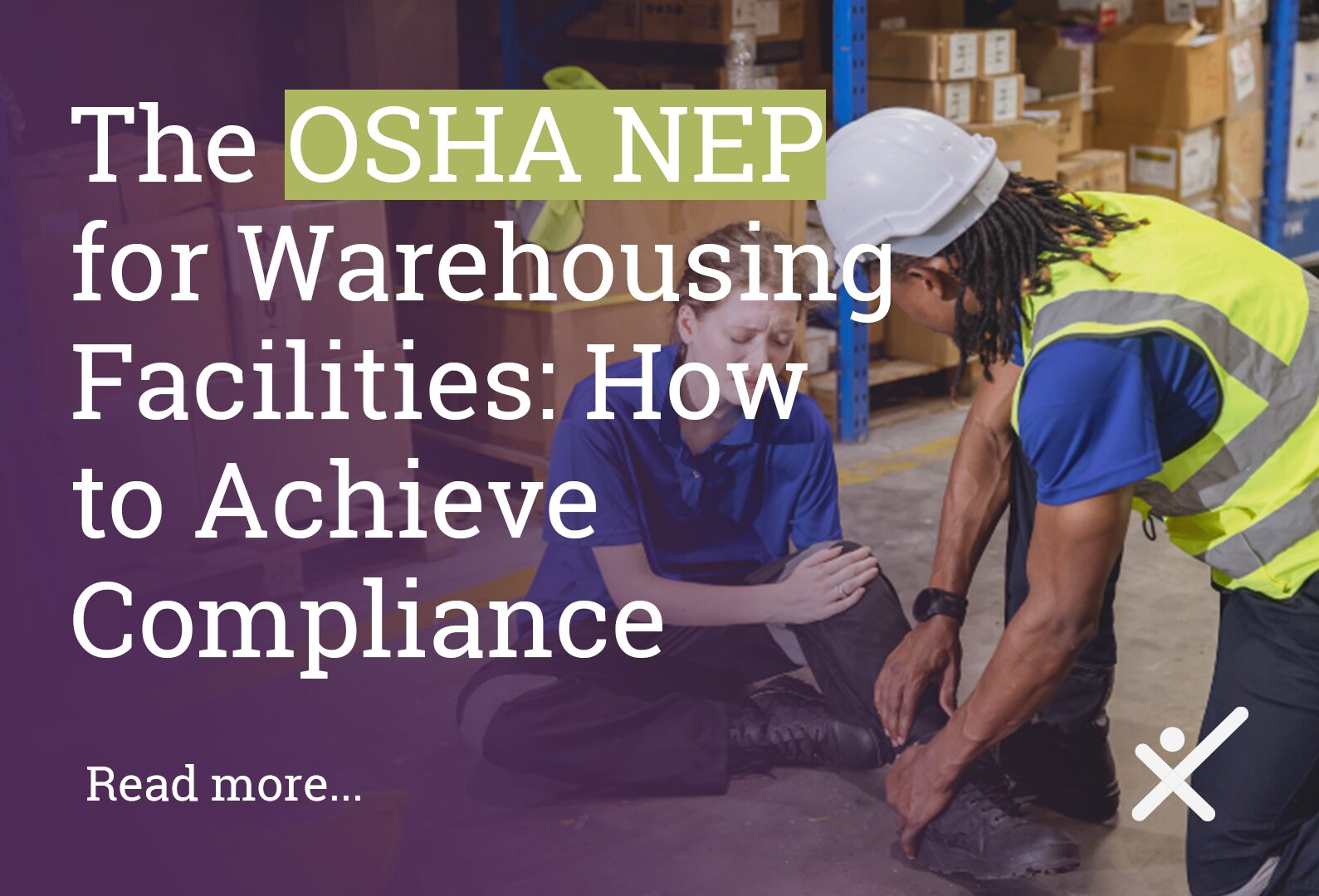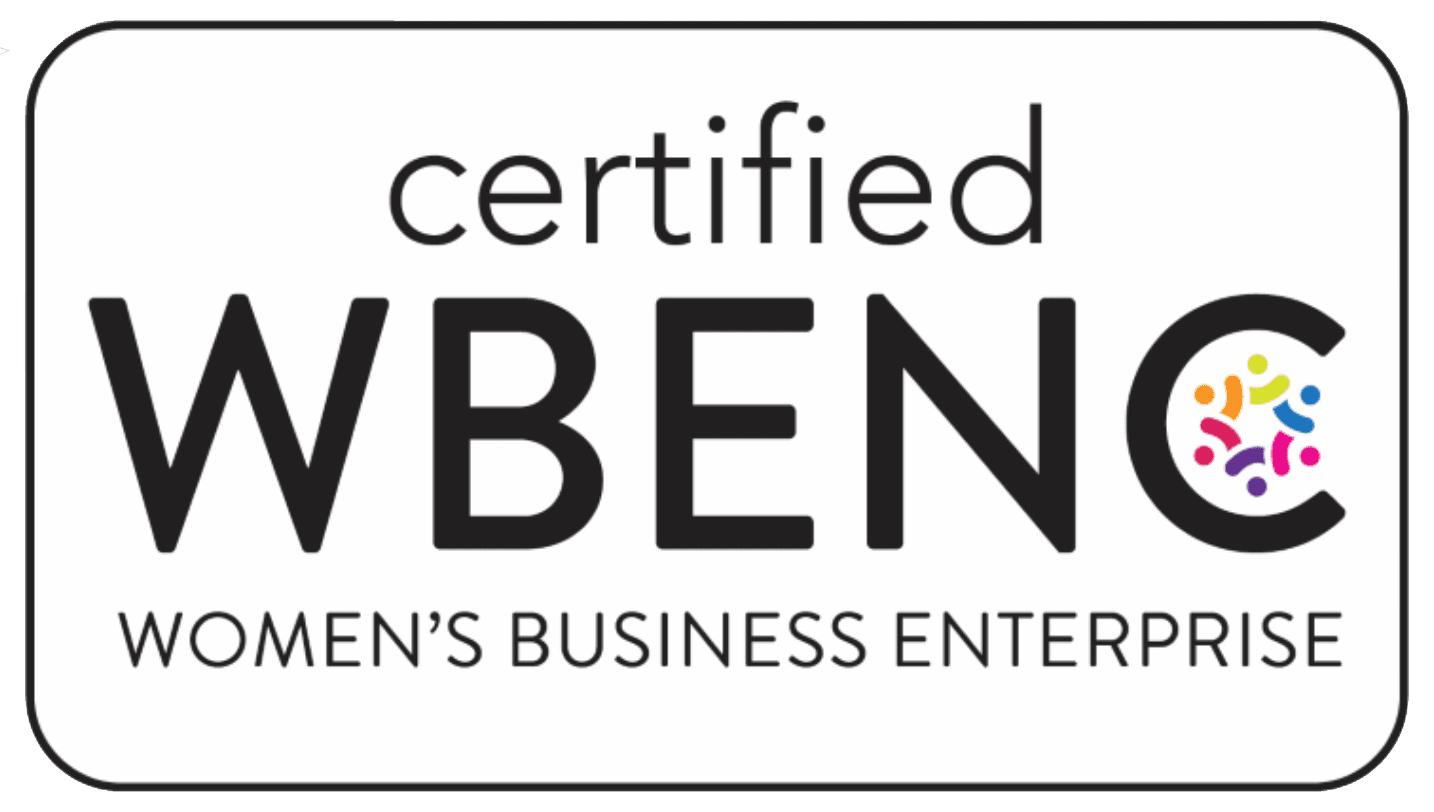
The warehousing industry has experienced explosive growth over the past decade, fueled by e-commerce, global supply chain shifts, and increased consumer demand for rapid delivery. While this growth has created countless jobs and new business opportunities, it has also brought a surge in workplace injuries—particularly in warehouses and distribution centers.
In response, the Occupational Safety and Health Administration (OSHA) launched a National Emphasis Program (NEP) in 2023 aimed squarely at reducing the high rate of injuries in these facilities. If you manage or oversee safety in a warehouse, understanding what this NEP means—and how to achieve compliance—is now a business imperative.
The NEP for Warehousing and Distribution Centers is a three-year initiative targeting facilities with historically high injury and illness rates. Warehousing injuries are now nearly twice as common as the national average across all industries. That alarming statistic prompted OSHA to develop its NEP for Warehousing.
The NEP authorizes unannounced inspections at facilities classified under several NAICS codes, including general warehousing, refrigerated storage, and wholesale trade sectors. Certain high-risk retail environments, like supercenters and warehouse clubs, also fall under this program.
Unlike traditional inspections, the NEP doesn’t require a complaint or reported incident to trigger a visit. This means any qualifying facility could be inspected at any time, regardless of its safety record. And during these inspections, OSHA will focus on specific hazards known to cause serious injuries in warehouse environments.
What OSHA Will Be Evaluating
Among the top priorities for OSHA during NEP inspections are ergonomic hazards that lead to musculoskeletal disorders (MSDs). These injuries—caused by repetitive lifting, awkward postures, and high-force tasks—are a leading cause of lost-time claims in warehouse operations. Other areas of focus include:
For facility managers, this means the scope of an NEP inspection can range from forklift operations and racking safety to emergency egress and injury prevention training. A facility that hasn’t actively prepared may find itself vulnerable to citations, penalties, and operational disruption.
Achieving compliance with the NEP begins with a fundamental shift in mindset: rather than reacting to injuries or violations, organizations need to proactively prevent them. That starts with taking a critical look at your current practices.
A good first step is evaluating your injury data – OSHA logs and loss runs. What are the most prevalent injuries? Who is getting injured – new hires or tenured workers? Which jobs are creating the injuries? Which facilities have the most injuries? Are injuries more prevalent on certain shifts?
The next step would be conducting a comprehensive gap analysis that mirrors OSHA’s inspection priorities. Walk through the facility with check lists and assess whether your practices align with regulatory expectations. Are floor conditions consistently safe? Are PIT operators properly trained and recertified? Have you conducted ergonomic assessments and implemented countermeasures and training? Do you have documentation to back up your training and safety programs?
From there, you’ll want to ensure each job function in your facility has a current Job Demands Analysis (JDA). These documents should quantify the physical and cognitive demands of the work. Combining information from the JDAs and your injury analysis, you can prioritize the risk factors that should be assessed. You can then conduct a Risk Hazard Analysis (RHA) of the hazardous tasks and identify and implement countermeasures and training where appropriate.
Using computer vision AI will help to expedite your ergonomic assessments in a timely manner. Using this technology, videos are uploaded into online software that determines a risk score and identifies body segments that are most likely to experience the risks. These quantitative assessments can then be used to develop countermeasures. A repeat of the videos after countermeasures have been implemented will allow quantitative comparisons of the improvements. These measures can be extremely valuable when justifying your programs.
When OSHA visits, they’ll likely ask to see your RHAs, your countermeasures and evidence of your ergonomic training—make sure they’re detailed and accurate.
Because MSDs are a focal point of the NEP, implementing a robust ergonomics program is critical. This includes more than just posters on the wall or occasional reminders to lift with your legs. A credible program should involve task-specific physical demands analysis, engineering controls like lift assists or adjustable pallet stands, and movement-based solutions such as pre-shift warmups or microbreak stretching routines.
Ideally, supervisors and frontline employees should also be trained to recognize early signs of overexertion. An OSHA-compliant Early Intervention Program (EIP) can be implemented to address these early signs before they become lost-time injuries. EIP practitioners can administer heat or cold, massage, and non-rigid supports. They can also take this opportunity to advise employees about the ergonomic principles associated with their jobs.
Another high-risk area is the use of powered industrial trucks. Forklift-related injuries remain a common cause of citations and serious incidents. To stay compliant, make sure your PIT operators are trained and certified according to OSHA’s standards, and that certifications are renewed at least every three years. You should also have documented daily inspections of each vehicle, clearly posted speed limits, and strict protocols for interactions between forklifts and pedestrians.
Housekeeping is another area where small oversights can lead to big problems. Slips, trips, and falls account for a large number of injuries in warehousing. Keeping walkways clear, cleaning up spills promptly, and using non-slip flooring or mats where necessary should be a daily habit—not just a weekly checklist item. Ladder safety, lighting, and visibility in high-traffic zones also deserve careful attention.
Emergency egress violations are surprisingly common and often costly. OSHA inspectors will check whether exits are clearly marked, unlocked, well-lit, and unobstructed. If you’ve ever had inventory or equipment piled in front of a fire exit, even temporarily, that’s a red flag. Regularly conduct your own egress audits, and ensure your evacuation maps are posted and your drills are up to date.
During the summer months, heat illness prevention becomes a compliance concern as well. If your facility isn’t air-conditioned—or if certain zones (like shipping bays or outdoor storage areas) experience high temperatures—OSHA expects to see a written heat illness plan. That plan should outline hydration protocols, rest breaks, acclimatization periods for new workers, and training to recognize symptoms of heat stress.
Throughout all of this, documentation is key. OSHA isn’t just looking for good intentions; they’re looking for evidence. Maintain detailed records of all training, inspections, equipment maintenance, incident investigations, and safety meetings. If you don’t document it, it didn’t happen—as far as OSHA is concerned.
Just as important as policies and paperwork is employee engagement. Workers are your first line of defense against unsafe conditions. Engage them in safety audits, ergonomics evaluations, and near-miss reporting. When employees are empowered to identify and solve safety problems, compliance becomes part of your culture—not just a box to check.
Finally, consider partnering with experts—whether that’s an ergonomist, an industrial hygienist, a safety consultant or a third-party firm that specializes in injury prevention. External consultants can provide objective insights, identify hidden risks, and support your team in building a compliant and sustainable safety program. In some cases, working with a third-party expert can also help demonstrate due diligence if an inspection does occur.
Non-compliance isn’t just about fines—although those can easily run into the tens or hundreds of thousands of dollars. More often, the real cost is disruption: shut-down operations, workers’ comp claims, increased insurance premiums, employee turnover, and damage to your company’s reputation.
Workers who work in pain are 10% less productive than those without pain. Just one lost-time MSD can rack up $60,000 - $80,000 in both direct and indirect costs. And depending on your organization’s profit margin, can require $1-$3M in additional sales to cover it.
By contrast, companies that invest in safety—particularly in ergonomics and prevention—often see a measurable return in the form of lower injury rates, higher productivity, and improved worker morale. Compliance isn’t the only reason to implement these programs.
The OSHA NEP for warehousing facilities is here, and it’s not going away anytime soon. If you haven’t reviewed your safety programs in light of this initiative, now is the time. Taking a proactive approach to compliance will not only help you avoid penalties—it will help you build a more efficient, engaged, and injury-resistant workforce.
At ErgoScience, we specialize in helping warehousing and industrial employers reduce risk and improve performance through evidence-based ergonomics, physical abilities testing, worksite early intervention, and job analysis. If you're unsure where your facility stands—or if you want help building a compliant and cost-effective injury prevention program—let’s talk.

Share:
We'd Love to Chat!
ErgoScience makes the workplace better by applying evidence-based injury prevention through proven, defensible methodologies.


Proudly built by Adam Black Media Copyright © All rights reserved.
Our goal is to help people in the best way possible. this is a basic principle in every case and cause for success. contact us today for a free consultation.